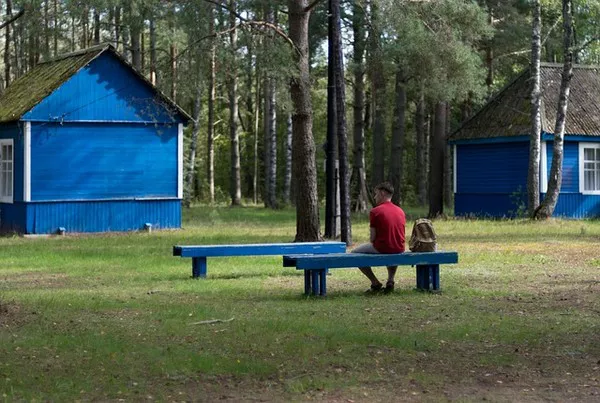The Populus genus, encompassing poplars, cottonwoods, and aspens, offers a diverse range of tree species known for their applications in landscape, agriculture, bioenergy, and industry. Modern biotechnologies, including genomics and genetic engineering, have become invaluable tools in the acceleration of Populus domestication. Since the release of the P. trichocarpa genome sequence in 2006 and the advancements in next-generation sequencing, researchers have been able to delve into the genetic foundations of crucial traits in Populus.
A significant breakthrough in this field is the utilization of the CRISPR/Cas9 genome-editing tool, which has been employed for creating knockouts in the hybrid poplar clone “717-1B4” (P. tremula x P. alba INRA 717-1B4). This development has paved the way for further genetic enhancements in the genus.
In May 2023, Horticulture Research published a research paper titled “CRISPR/Cas9-based gene activation and base editing in Populus,” which outlines pioneering advancements in gene activation and base editing using CRISPR technologies in Populus species.
The study begins by establishing a high-throughput reporter gene-based CRISPRa evaluation system in protoplasts, a critical step in the process. Researchers created reporter constructs by cloning the promoters of key genes, OsTRP-like and OsCCR1. These reporter constructs allowed for the assessment of gene activation efficiency.
Next, the researchers co-transfected OsTRP-like activation vectors with their respective reporter constructs in Arabidopsis protoplasts, resulting in a six-fold increase in the GUS/LUC ratio compared to control groups. Similar results were achieved for the OsCCR1 gene. This evaluation system enabled the screening of sgRNAs for gene activation in Populus protoplasts, a pivotal step in harnessing CRISPR technologies for genetic improvements.
Two genes, TPX2 and LecRLK-G, were identified as crucial for plant growth and defense. Their promoters were cloned and incorporated into reporter constructs, enabling the selection of six and three sgRNAs for TPX2 and LecRLK-G, respectively. The researchers co-transfected these reporter constructs with activation constructs containing the identified sgRNAs to assess activation efficiency by GUS enzyme activities. The most effective sgRNAs, sgRNA6 for TPX2 and sgRNA6 for LecRLK-G, were selected for further stable transformation studies.
Subsequently, the research moved on to establishing stably transgenic poplars using the identified sgRNAs. In hybrid poplar clone “717-1B4,” the TPX2 gene’s expression increased between 1.5-fold to 2.9-fold. Similarly, in clone “WV94,” the LecRLK-G gene’s expression escalated by 2-fold and 7-fold in different events. These results exemplify the capability of the CRISPR-Act3.0 system to activate endogenous TPX2 and LecRLK-G genes in stable transgenic poplars, promising phenotypic changes in future studies.
The research also explored base editing using the Cas9 nickase (nCas9)-based cytosine base editor (CBE) to introduce premature termination codons in the PLATZ protein, associated with disease-related genes, in poplar clone “717-1B4.” Two potential sites for introducing stop codons were identified, and two base editors, pHEE901(BE3) and A3A/Y130F-BE3, were tested in poplar protoplasts. Both editors effectively induced C-to-T mutations in the protoplast system, with pHEE901(BE3) demonstrating expected base editing in stable transgenic poplars.
In summary, this research introduces novel applications of CRISPR tools, specifically CRISPRa and base editing, to enhance gene function in Populus species. The study establishes a vital foundation for genetic improvements in Populus, showcasing the expansive potential of CRISPR technologies in woody species. These advancements hold great promise for tree breeding and other horticultural plants, contributing to the genetic enhancement of the Populus genus and beyond.


